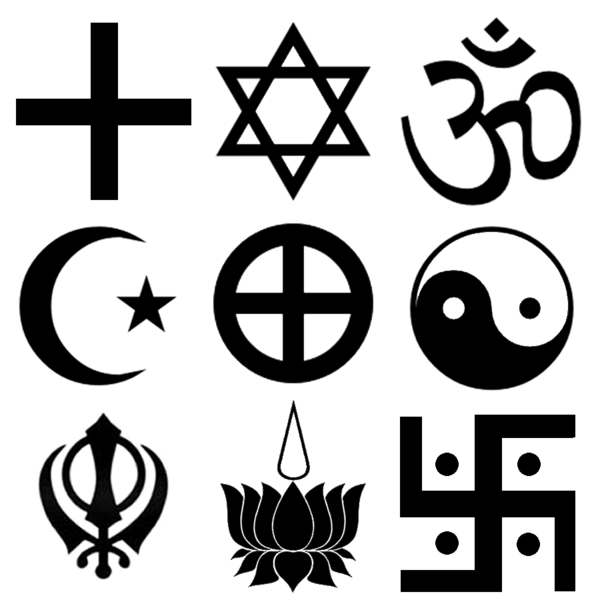The Greek Orthodox Church, an ancient branch of Christianity, embodies a vibrant confluence of theology, tradition, and cultural identity that extends beyond mere worship. With roots tracing back to the earliest Christian communities forged in the Hellenic world, this faith persists as a bastion of ancient practices and contemporary spirituality. This article delves into the essence of the Greek Orthodox Church, elucidating its doctrines, rituals, and the overarching significance it holds within the global Christian mosaic.
At its core, Greek Orthodoxy is a communion of believers who adhere to the teachings of Jesus Christ as passed down through the apostolic tradition. As one of the oldest expressions of Christianity, it proclaims a theology steeped in the early councils that shaped Christian doctrine, notably the Nicene Creed established in 325 AD. This creed not only affirms the divinity of Christ but also emphasizes the importance of the Holy Trinity—Father, Son, and Holy Spirit—as foundational to the faith.
One might observe that Greek Orthodoxy’s tenets are deeply intertwined with the cultural and historical tapestry of Hellenic civilization. The church serves as a custodian of the Byzantine heritage, a legacy of art, philosophy, and governance. The interplay of faith and culture is exemplified in the language of the liturgy; the use of Koine Greek resonates with the historical significance of the New Testament’s original text. Thus, worship is not merely a ritualistic observance but an embodiment of a profound historical connection to the early church.
The sacramental life of the Greek Orthodox Church is paramount, inviting the faithful into a transformative experience of divine grace. The sacraments—known as “mysteries”—include baptism, chrismation, Eucharist, confession, marriage, ordination, and unction. Each sacrament is imbued with spiritual significance, connecting believers to the divine and to one another. Particularly, the Eucharist stands as the zenith of Orthodox worship, wherein the faithful partake of the body and blood of Christ, fostering an intimate communion with the divine.
Moreover, the liturgical calendar is richly embroidered with feasts and fasts, each holding a particular theological and commemorative purpose. For instance, the Great Lent prepares the faithful for the celebration of Pascha (Easter), a time of reflection and asceticism that culminates in the joyous resurrection of Christ. These periods are not simply about abstinence; they cultivate a deeper understanding of one’s relationship with God, urging believers to embody the spirit of repentance and renewal.
In understanding the Greek Orthodox faith, one cannot overlook its profound connection to the concept of tradition. The Greek Orthodox Church places significant emphasis on maintaining the teachings and practices handed down through generations. This notion of “Holy Tradition” encompasses scriptural, liturgical, and doctrinal elements, allowing the faith to remain dynamic while preserving its core essence. In the Greek Orthodox perspective, Holy Tradition and Scripture coexist harmoniously, each enriching the other and guiding the Church through the ages.
In the modern world, Greek Orthodoxy continues to promote a distinct identity rooted in its historical narrative. The church’s role is not confined to spiritual endeavors but extends into the realms of social justice, education, and philanthropy. Greek Orthodox communities often engage in charitable initiatives that echo Christ’s teachings of love and service. Such commitments showcase a faith that is active and responsive to the contemporary challenges faced by society.
Curiously, one might ponder the Orthodox understanding of salvation. Unlike some Western interpretations that emphasize individualistic notions of sin and redemption, Greek Orthodox theology accentuates the communal aspect of salvation. The process is viewed as a lifelong journey towards theosis, or union with God, which reflects the holistic nature of humanity’s salvation—as a collective endeavor that embraces both the spiritual and the corporeal.
The Greek Orthodox Church is also characterized by its rich tapestry of religious art and architecture. The iconic domes of Orthodox churches, adorned with mosaics and frescoes, serve as visual catechisms that narrate the Gospel story through vivid imagery. Each element within the church, from the ornate iconostasis to the candles flickering in prayer, invites contemplation and reverence, drawing believers into a transcendent experience of the sacred. The interplay of light and color during services creates an atmosphere conducive to the worship of the divine, further reinforcing the connection between the earthly realm and heaven.
In conclusion, the Greek Orthodox Church represents a significant strand of Christianity that is both ancient and contemporary. Its deep-rooted traditions, coupled with a commitment to communal salvation and divine grace, offer a unique lens through which to view the Christian faith. As the spiritual landscape continues to evolve, Greek Orthodoxy stands as a reminder of the rich heritage of Christianity, inviting individuals to explore its profound mysteries and to connect with a legacy that transcends time and culture.
For those seeking a deeper understanding or an introduction to this venerable faith, the Greek Orthodox Church offers a wealth of knowledge that can lead to both intellectual and spiritual growth. Ultimately, it promises a shift in perspective—an opportunity to discover the beauty, depth, and continuity of one of Christianity’s most enduring expressions.



